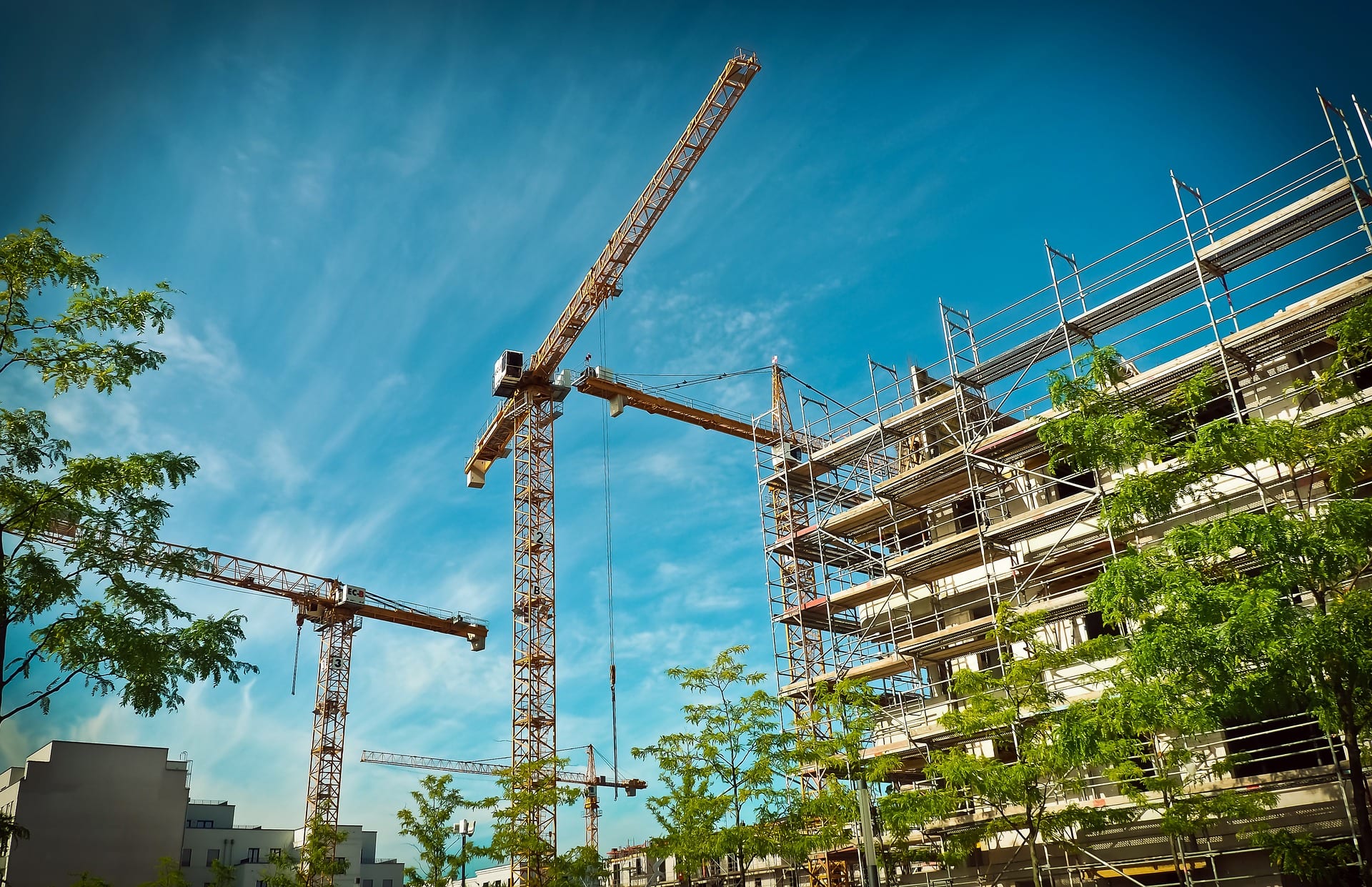A Pathway to Meeting Forest Sustainability Goals and a Vehicle To Get You There
by Laurence Wiseman
A few weeks ago, government officials from nearly 100 nations met to discuss progress on the UN’s Sustainable Development Goals. It’s fair to assume that most who attended the meeting were both committed, and professionally competent.
Ordinarily, you’d assume these are precisely the qualities you’d want your public officials to exhibit: a commitment to some aspect of sustainability, and the professional competence to find the right pathways to achieve it. No doubt, that’s a comfortable assumption.
Effective urban forest initiatives can advance 13 of the 17 Sustainable Development Goals. To learn more, check out the Vibrant Cities Lab.
On the other hand, maybe not.
With policy commitment comes the conviction that what you care about should be a high priority for everyone else. With professional competence comes a language and a set of assumptions that may muffle voices from other professions, even those with an equal stake in the issue.
As a long-time advocate for sustaining urban forests, I’ve seen this happen in many different settings. Planners favor density and transit-oriented development, but neglect the benefits of green space. Public health officials promote community-based delivery systems while overlooking the health benefits derived simply from living in nature. Engineers build miles of single-purpose hard infrastructure to manage stormwater – even when strategic tree planting can help control run-off, reduce costs and deliver many other benefits at the same time.

Without accessible green space, residents in dense urban areas suffer more cardiovascular and respiratory disease, and higher levels of stress. Researchers at the Harvard School of Public Health examined a 40-year longitudinal study of 40,000 individuals. Their conclusion: living near green space increased life expectancy 12 percent.
Key ideas lost in translation.
The fact is, architects, planners and engineers often don’t speak tree talk. And tree people still struggle to fit their ideas into the numbers-driven world of municipal policy.
Alistair Monument and Hermine Kleymann of the Worldwide Fund for Wildlife authored a paper in July arguing that “forests and nature need to be at the center of sustainable development agenda.” They’re right. But making this happen depends on breaking silos and opening the conversation across professional lines. “Neither our planet or its people can risk setting one Goal against another,” the authors contend.
That’s why the US Forest Service has supported development of the Vibrant Cities Lab, a web portal that documents all the benefits of trees in urban places. It provides a scientific and technical foundation for using urban forestry as a lever to move toward virtually all of the Sustainable Development Goals.

The Vibrant Cities Lab is built on 500+ peer-reviewed and vetted resources, case studies, methods and tools. All are aimed at helping you demonstrate how strategic urban tree planting improves 11 different aspects of urban life.
The need is now.
Much of the dialogue around forests involves the eradication of tropical forests. But we suffer similar threats far removed from the interior of Brazil. Development trends put urban forests in the US and other countries at risk. From Barcelona to Belgravia, planners are seeking novel strategies for increasing tree cover. In Paris, they’re contemplating creation of a green retreat bigger than Central Park.
In the US, between 2009 and 2014, the Forest Service estimates that cities lost approximately 36 million trees, or about 175,000 acres of tree canopy annually. At the same time, pavement and other impervious surfaces increased at a rate of about 167,000 acres a year.
With urban forests declining, rather than growing, the consequences for our communities – and for progress toward 14 of the 17 Sustainable Development Goals are profound.
Of course, these are modelled estimates, and they are almost certainly wrong. But they suggest that losing urban forests makes achieving any of our sustainability goals much more difficult. We need to reverse that trend. And that requires strong commitment from the public, policymakers and from the business community. You can help them step up by planting trees. But to spark real progress, you need to do more than take credit for the number of trees you plant. You need to demonstrate how those trees make your communities more sustainable – the kind of places where people want to live, work, learn – and yes, play.
The Vibrant Cities Lab is designed to help your organizations do just that.
About the Author
Laurence Wiseman formed CenterLine Strategy after a 29-year career as founding president and CEO of American Forest Foundation. In 2010 he received the Legacy Award from the Arbor Day Foundation, for career achievement in forestry. Since then he’s served as Chair of National Urban and Community Forestry Advisory Council and helped design and implement major urban forestry projects. During his career Wiseman also created and co-founded the Institute for Journalism and Natural Resources; served on the external advisory board for Yale’s Global Institute for Sustainable Forestry; was an Administration-appointed member of the National Recovery Team for the Ivory-Billed Woodpecker; acts as senior adviser to the Sustainable Urban Forests Coalition; and counseled the George H. W. Bush White House on creating its signature America the Beautiful initiative aimed at renewing the nation’s urban forests. Alas, to this date, he hasn’t seen or heard of anybody actually spotting an Ivory-Billed Woodpecker.
***
Each author appearing herein retains original copyright. Right to reproduce or disseminate all material herein, including to Columbia University Library’s CAUSEWAY Project, is otherwise reserved by ELA. Please contact ELA for permission to reprint.
Mention of products is not intended to constitute endorsement. Opinions expressed in this newsletter article do not necessarily represent those of ELA’s directors, staff, or members.


